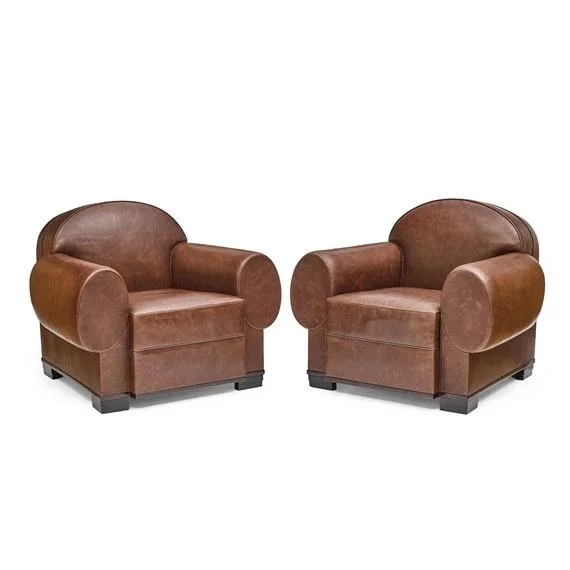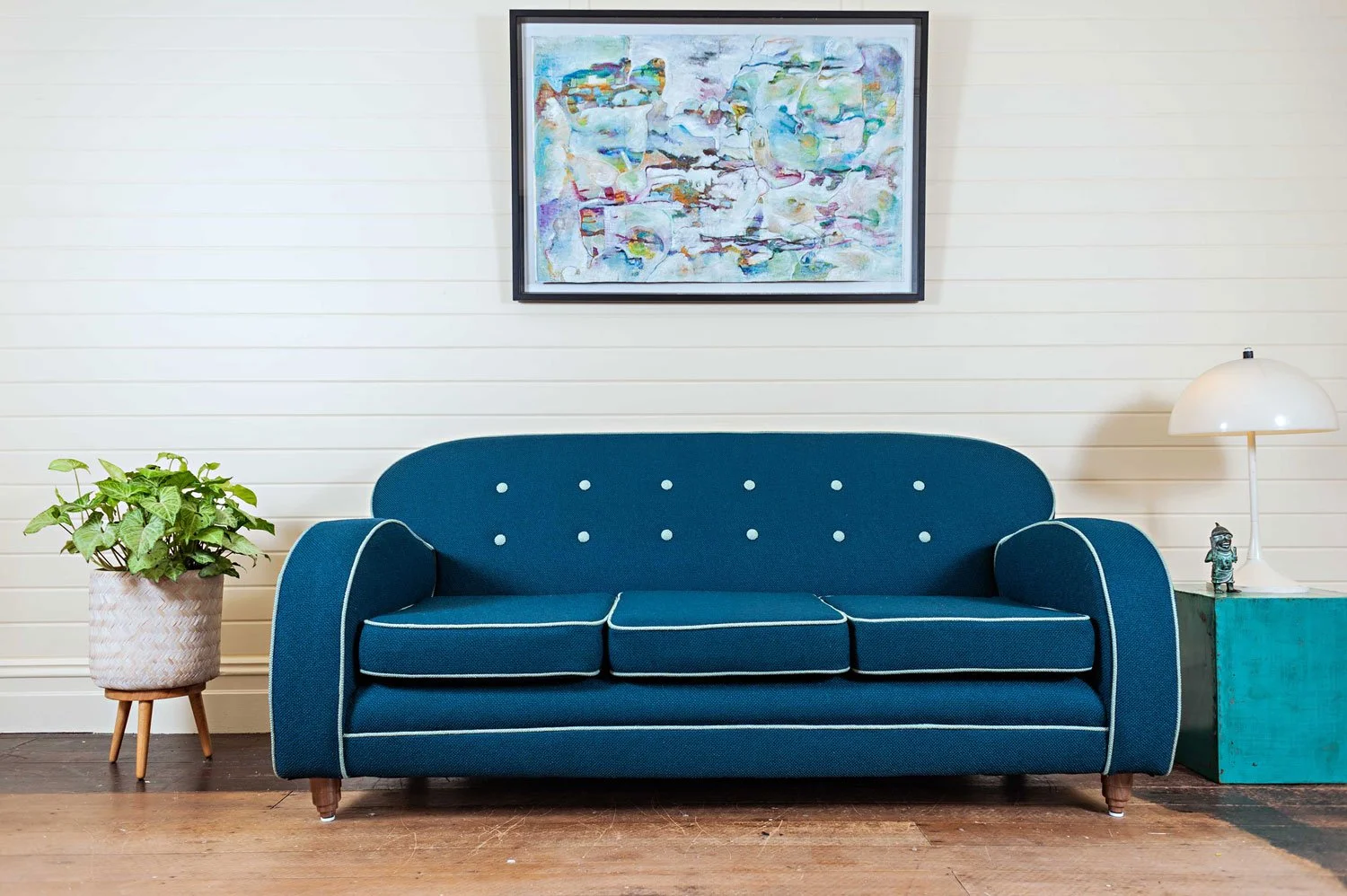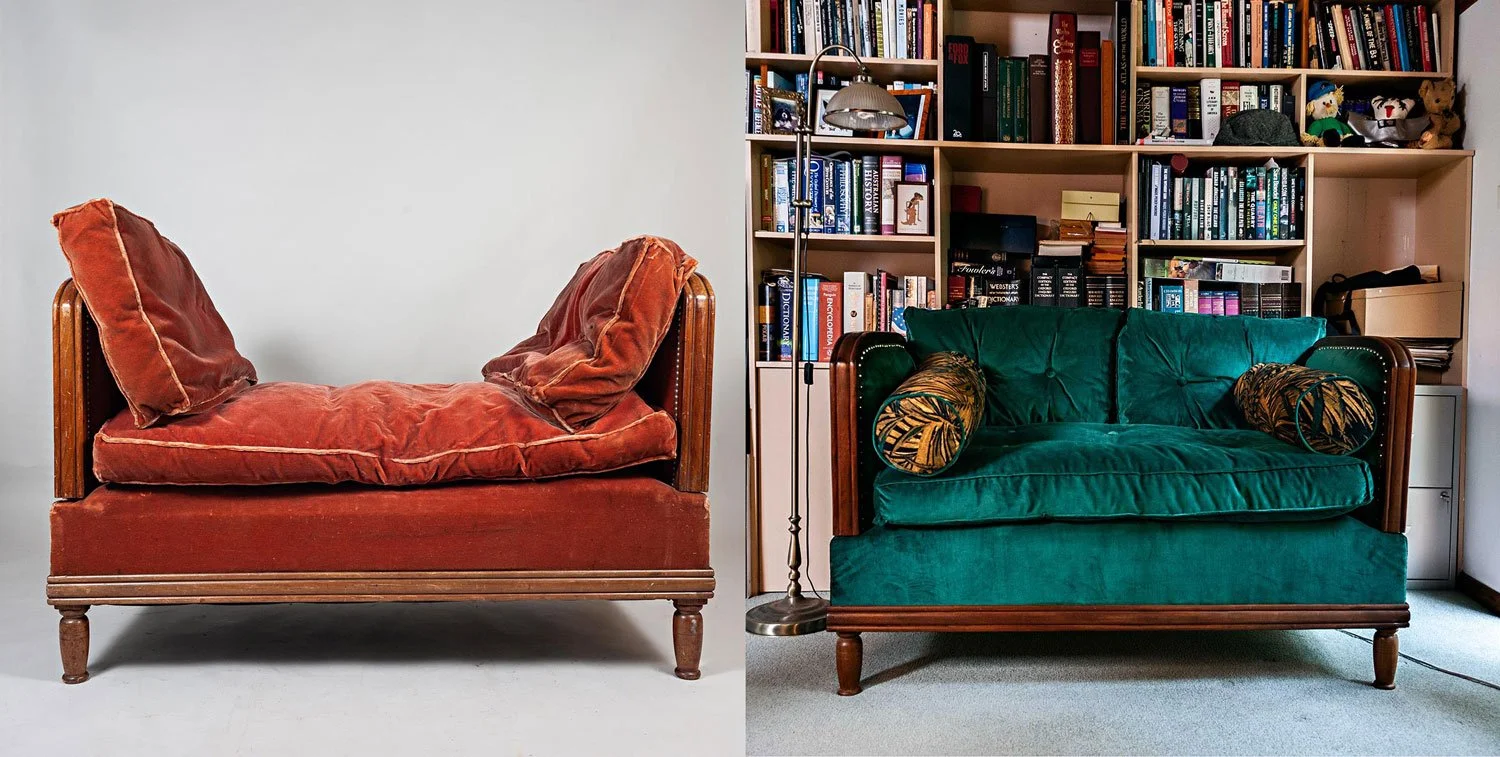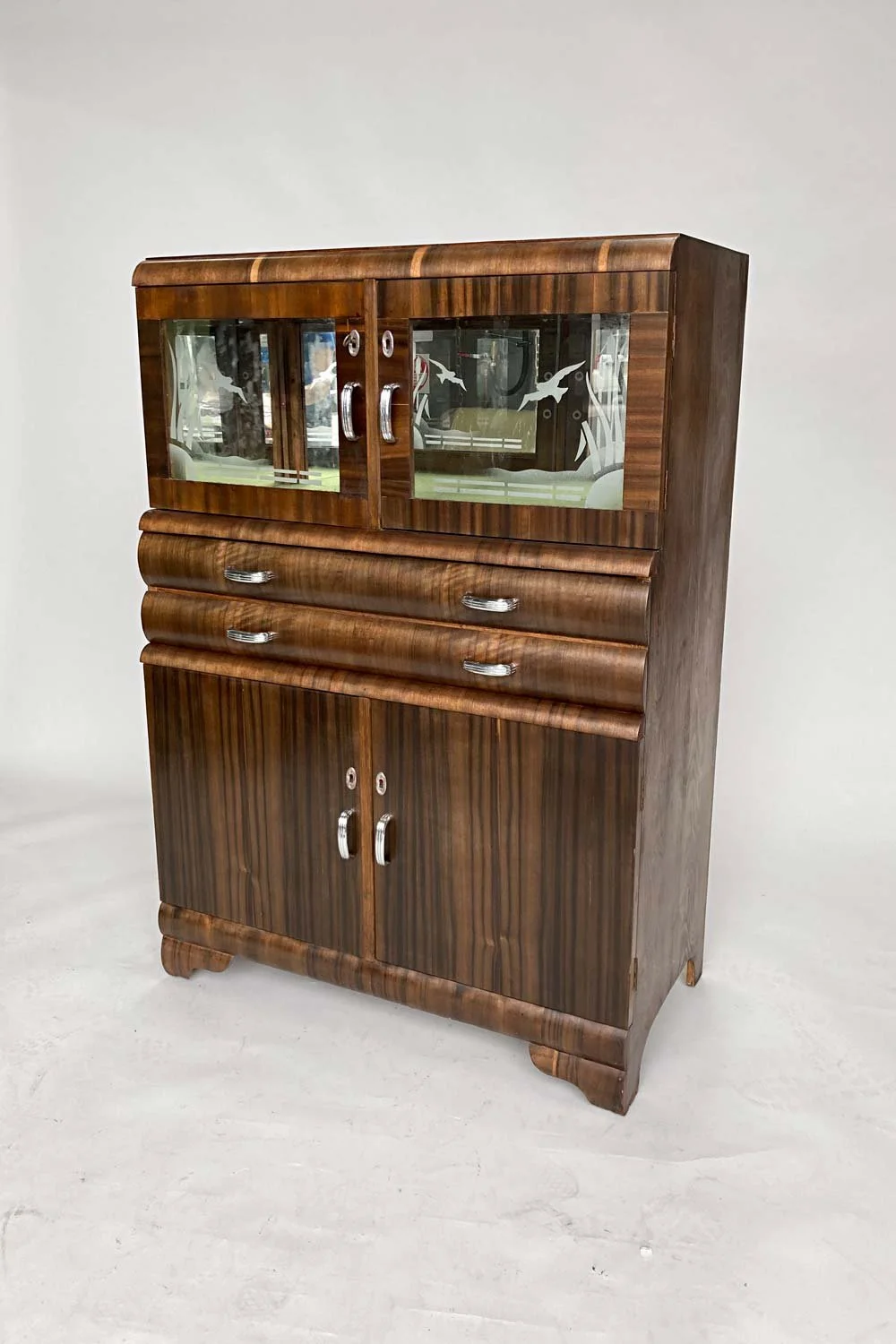Art Deco Furniture
I’ve been saying it for a while — Art Deco is making a comeback. The iconic shapes and bold glamour of this era are reappearing across contemporary furniture collections from major design houses.
Rich walnut veneers, large rounded silhouettes, and voluptuous forms — all signature elements of the original Art Deco style — are once again taking centre stage in today’s interiors.
To understand this revival, let’s take a closer look at when Art Deco first captured the world’s imagination.
The Art Deco, short for Art Decoratifs, period sprung up in the 1920s and developed into a canonical style in Western Europe and USA in the 1930s. It was the era that turned modernism into fashion in decorative arts and architecture. The Art Deco period celebrated fine arts, style and modern inventions, creating elegant architecture and objects that symbolized wealth and sophistication. Influenced by Art Nouveau and the Bauhaus movements, the characteristic style of Art Deco was strong lines, stylized or geometric ornamental features, and decadent, meticulously crafted details, often in expensive, bold materials. Influences from travel and the glamour of Hollywood is also reflected in the designs, like sunbursts, fan, chevron, zig zag and pyramid shapes.
Initially finding popularity in fashion and jewellery design, Art Deco began to influence furniture design. 1920s French Art Deco furniture was made with exotic woods and wood finishes often upholstered in animal hides with intricate wood inlays. The furniture was polished to a high sheen often using Japanese lacquer. Created by highly skilled craftsmen, each piece was truly a piece of art.
Gorgeous restored Art Deco credenza cabinet
Until the 1930s with mass production techniques and access to cheaper materials, Art Deco furniture, because of its high costs, was a style of aristocracy. With faster and more affordable production methods, Art Deco eventually became more available for the middle class. The unique craftsmanship and style that developed during the era had a renaissance in the 60s with re-productions, and vintage pieces have become highly valuable and sought-after collectibles.
How to recognise Art Deco style:
- Intricate wood inlays
- Exotic woods
- Bold colours, patterns and prints
- Symmetrical or angular lines
- Long, sweeping curves (1930s onwards)
- Combining upholstery, stainless steel and wood
ART DECO ARMCHAIRS
One of the most influential designers of the time was Jacques Emile Ruhlmann (1879-1933), a man regarded as the best Parisian furniture designers of the 20th century by many. As well as designing furniture, Ruhlmann designed entire interiors for his wealthy clients. His large and roomy ‘Elephant’ chairs from the mid-1920s with their big, round curves are iconic for the times. In 2010 one of his ‘Elephant’ chairs from 1926 sold at auction for $290,500 USD. For Rhulmann, exquisitely crafted furniture was an art form in itself, and he has been credited with revolutionizing public opinion from seeing furniture as mere objects to functional fine art. Classic Art Deco design was crafted to be eye catching feature pieces in any room. Bold, strong and brave, reflecting the atmosphere of progress at the time.
A couple of ‘elephant’ chairs. Image: 1stdibs
ART DECO SOFA
We restored this stunning Art Deco sofa for a client. The sofa needed a total rebuild. We stripped it back to the bare bone. The previous upholsterers had just patched up layer upon layer, which had done substantial damage to the framework. Once that was fixed, we rebuilt the sofa up from scratch and finished the look with custom made feet by @auburnwoodturning.
FRENCH ART DECO DAYBED
This stunning French Art Deco daybed from our stock was sold before it made it to the shop. Engrained with 100 years of history from lives of French bohemians and Dutch artists, every mark told a story. Its wooden frame is handcrafted, with both side panels having three positions; vertical, reclining, and horizontal to make a full single bed. It has a sprung base that were topped with down cushions.
Keeping the restoration process in line with the original work was important to both us and the client. Therefore, we kept the cushions loose with down filling for ultimate comfort. Our client decided on a lush, emerald green velvet from @the_textile_company with accenting custom bolster and throw cushions in a gorgeous tropical design by Linwood Fabrics & Wallpapers”.
Art Deco furniture is designed to be the stars in the room. These pieces are timeless and only increasing in value. And as vintage items, they have already stood the test of time. Investing in restoration of these pieces is an investment in history and true craftsmanship.





